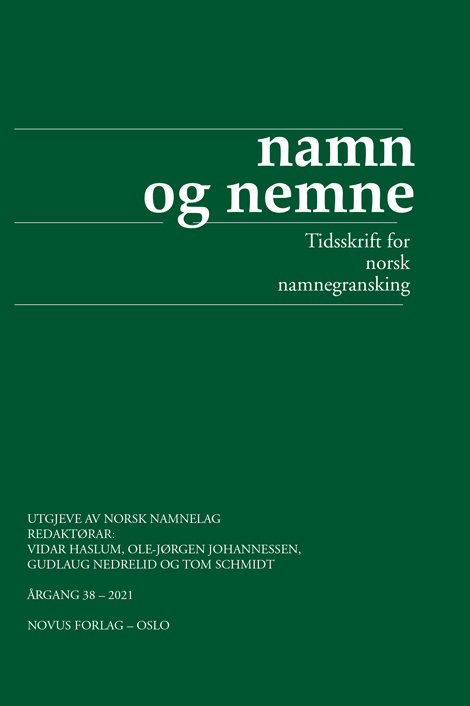Sammendrag
The article deals with the name pairs Kven and Finn(e) and Kvenland - Finland in medieval texts, on one hand in Old Norse and the other hand in Old Swedish. Scholars have traditionally thought that the ethnonym kven referred specifically to an ancient Finnish people living on both sides of the Gulf of Bothnia, and the regional name Kvenland would have meant the area inhabited by this northern people. The ethnonym Finn(e), on the other hand, would have referred in Swedish as well as Old Norse to the people who lived in southwestern Finland; in Norwegian also to the Sámi people. The region name Finland would have meant the southwestern Finland in both languages.
In this article I try to argue that this is not the case. My argument is that, the Swedes originally used the word Finne of all Finnish-speaking tribes living north of the Gulf of Finland, and the region name Finland would have referred to the entire area where they lived. Old Norse-speakers, on the other hand, used the ethnonym Kven of the same tribes that the Swedes called Finne, and the regionname Kvenland was not limited to refering to the coast of the Gulf of Bothnia. Thus, the ethnonyms Finn(e) and Kven and the region names Kvenland and Finland would have been synonyms used by two different groups of language users.

Dette verket er lisensiert under Creative Commons Attribution-ShareAlike 4.0 International License.
Opphavsrett 2021 Eira Söderholm

